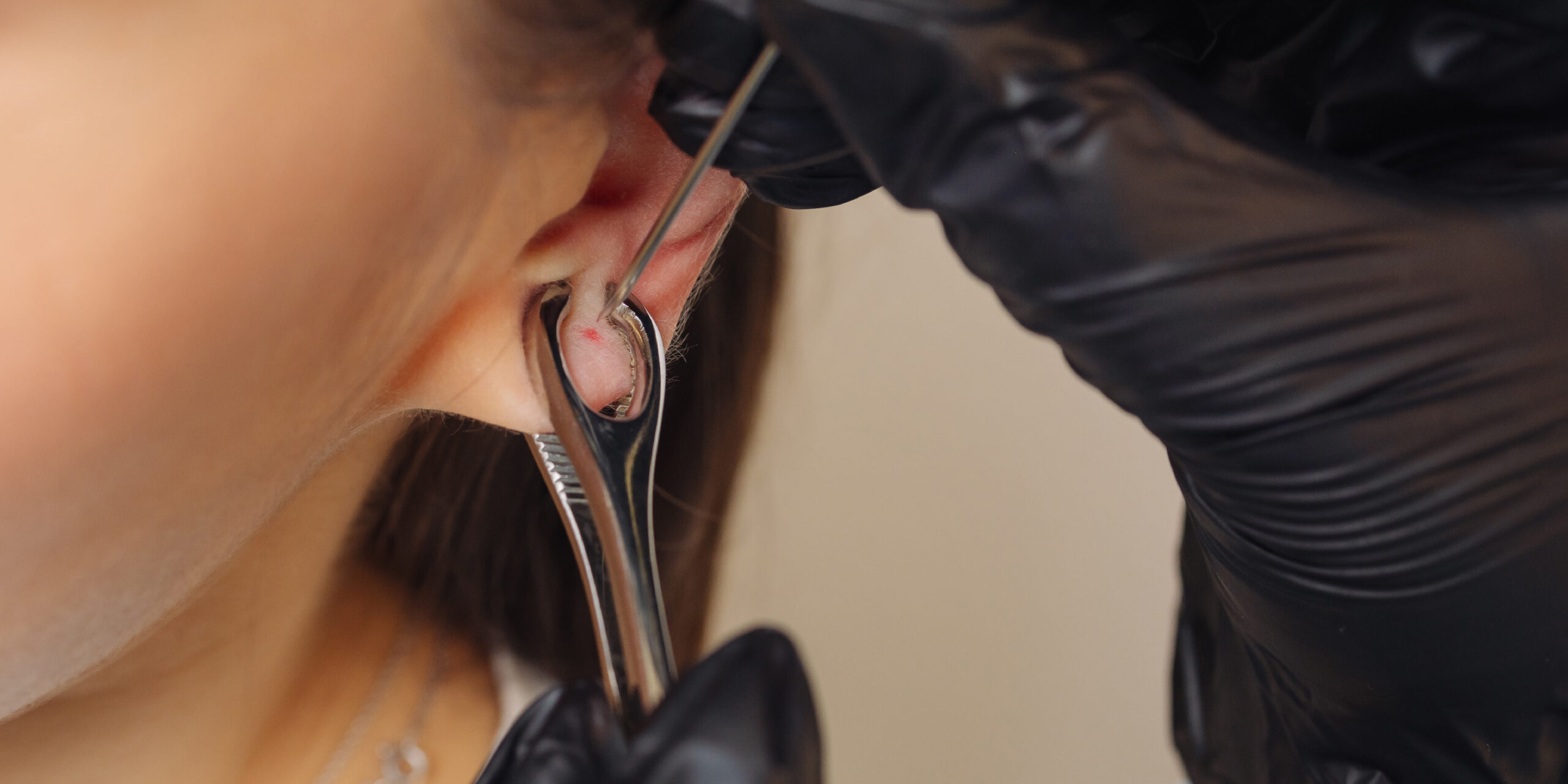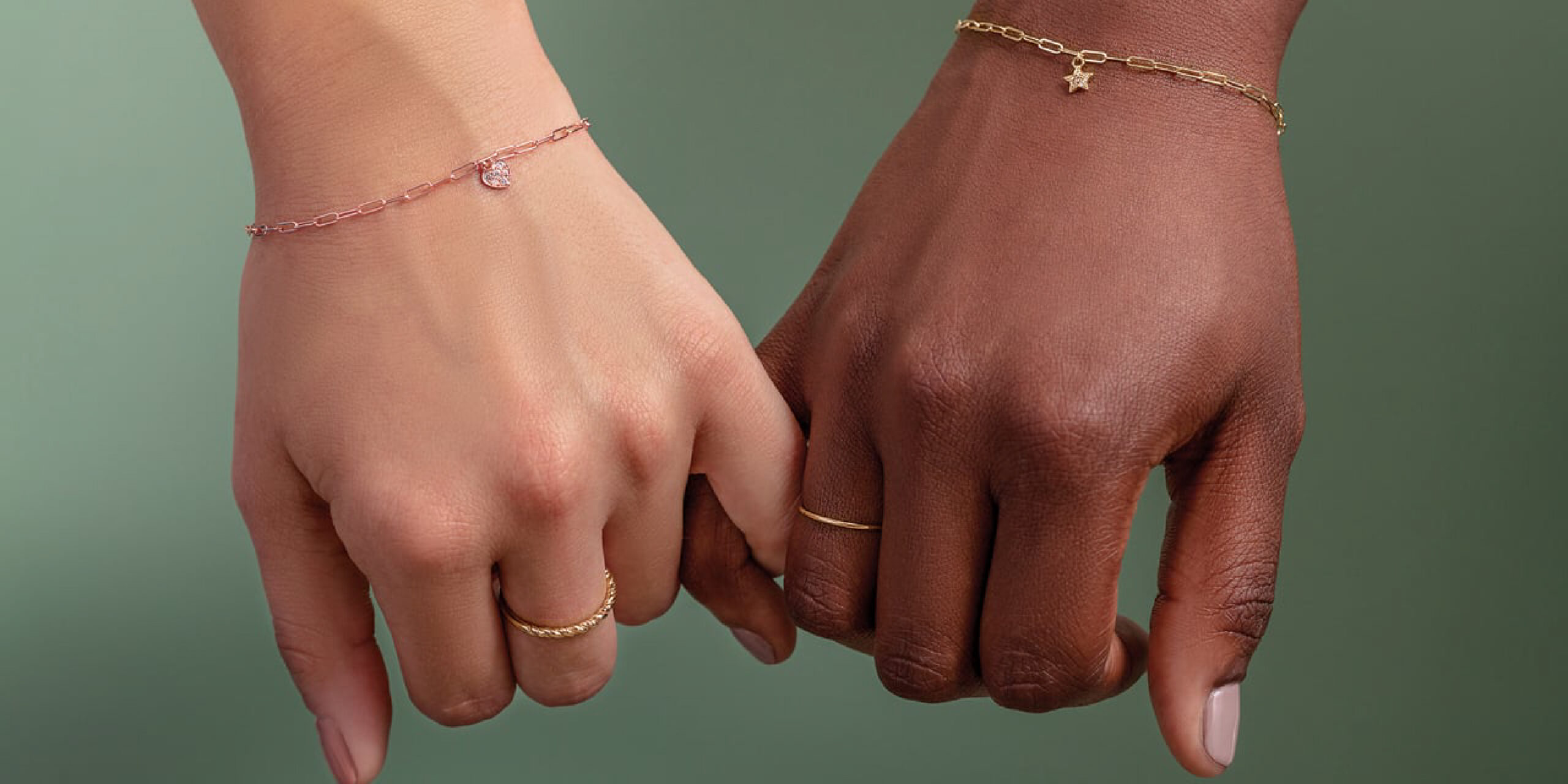In the world of body modification, dermal piercings stand out as a fascinating and distinct form of self-expression. These innovative piercings, also known as dermal anchors or single-point piercings, offer individuals a versatile and eye-catching way to adorn their bodies. In this blog post, we’ll explore the artistry, procedure, aftercare, and the unique appeal of dermal piercings as a form of body adornment. In the ever-evolving landscape of body modification and self-expression, dermal piercings have emerged as a distinctive and captivating form of adornment.
Also known as micro dermal piercings or single-point piercings, dermal piercings differ from traditional piercings by eschewing the typical entrance and exit points. Instead, they anchor jewelry directly into the skin, creating a unique aesthetic. In this blog post, we will explore the world of dermal piercings, delving into their origins, the application process, aftercare, and the individuality they bring to the world of body art.
Understanding Dermal Piercings:
Anatomy of Dermal Piercings:
Dermal piercings differ from traditional piercings in their placement and structure. Rather than passing through skin and exiting on the other side, dermal piercings consist of a single-point entry, anchoring the jewelry beneath the skin’s surface.
The jewelry used in dermal piercings typically includes a flat base (known as an anchor or plate) implanted beneath the skin, with a visible decorative top that sits flush on the skin’s surface.
Placement and Versatility:
Dermal piercings can be placed on various parts of the body, offering versatility in terms of placement.
Common areas for dermal piercings include the face (such as the cheeks or forehead), chest, hips, and even fingers, providing individuals with a range of options for creative expression.
The Dermal Piercing Procedure:
Professional Expertise:
Dermal piercings require precision and expertise from a trained professional, typically a skilled piercer or body modification artist.
The procedure involves creating a small incision in the skin to place the anchor beneath the surface.
Anesthesia and Sterilization:
Local anesthesia or numbing agents may be used to minimize discomfort during the procedure.
Ensuring proper sterilization of tools and a clean environment is paramount to prevent infections and promote healing.
Anchor Placement:
The piercer carefully inserts the anchor or plate beneath the skin using specialized tools.
The anchor is positioned to ensure stability and optimal placement for the decorative top.
Healing Process:
The initial healing period for dermal piercings can vary but often takes several weeks to a few months.
Proper aftercare, including cleaning the area and avoiding trauma or excessive movement, is essential to facilitate healing and minimize complications.
The Unique Appeal of Dermal Piercings:
Aesthetic Versatility:
Dermal piercings offer a wide range of aesthetic possibilities due to their versatile placement and jewelry options.
Individuals can choose from various decorative tops, including gems, shapes, or designs, allowing for customization and self-expression.
Subtle Elegance or Bold Statements:
Dermal piercings can cater to diverse styles, from subtle and understated placements to bold and eye-catching configurations.
The ability to combine multiple dermal piercings or create unique patterns adds to their appeal as a form of body art.
Enhancing Natural Features:
Strategically placed dermal piercings can accentuate natural body contours or features, enhancing individual beauty in a unique way.
When carefully positioned, they can complement facial structures or highlight specific areas of the body.
Aftercare and Maintenance:
Gentle Cleaning Routine:
Regular cleaning of the piercing site using saline solution or a mild soap helps prevent infections and promotes healing.
Avoiding harsh chemicals or alcohol-based products is crucial to prevent irritation.
Minimizing Trauma:
To prevent complications, individuals should avoid trauma to the piercing, such as excessive tugging or pulling on the jewelry.
Clothing choices and everyday activities should be adjusted to minimize friction or pressure on the piercing site.
Seeking Professional Advice:
If individuals experience any signs of infection, excessive redness, or unusual discharge, seeking prompt advice from a professional piercer or healthcare provider is essential.
Jewelry Maintenance:
Regularly checking the jewelry for tightness, cleanliness, and signs of wear helps maintain the integrity of the piercing.
Professional assistance may be needed for changing or removing the jewelry.
Avoiding Disturbance:
It’s crucial to avoid unnecessary movement or disturbance of the piercing during the healing process.
This prevents complications and allows the body to form a stable connection with the anchor.
Conclusion:
Dermal piercings represent a captivating and innovative form of body adornment that allows individuals to express their unique style and creativity. Beyond the aesthetic appeal, dermal piercings embody the artistry and skill of professional piercers who navigate the complexities of placement and healing. As individuals explore this distinctive form of body modification, the allure of dermal piercings continues to grow, offering a canvas for self-expression, individuality, and the celebration of body art in its most intricate form.
Visit our Toronto or Montreal locations for any tattoo or piercing needs.













